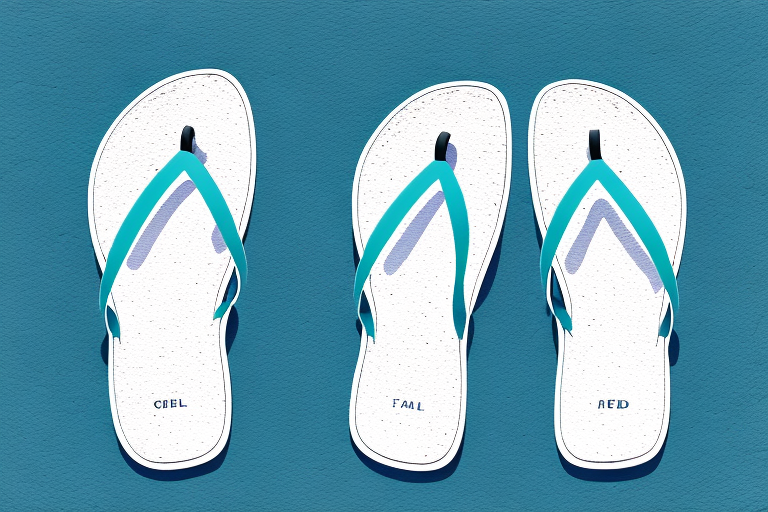When it comes to footwear, sandals are a great way to stay comfortable and look stylish when temperatures start to rise. There are many types of sandals to choose from, but two of the most popular and reliable materials for sandal construction are cork and leather. Each has distinct advantages and disadvantages that we’ll explore in this article.
Advantages of Cork Sandals
Cork is an incredibly strong and lightweight material that is naturally waterproof, anti-bacterial, and anti-odor. This makes cork a great material for sandal construction because it will not easily tear or wear out, and it can help to keep your feet dry and odor-free. Cork is also a more environmentally-friendly option than leather, as the material is derived from the cork oak tree, which can be harvested without killing the tree itself.
These sandals tend to be quite comfortable and also provide good support and cushioning for the feet. Additionally, cork sandals often come in more stylish designs than leather ones, giving them a little extra bit of a fashion-forward flair.
Advantages of Leather Sandals
Leather is a highly durable material with a natural sheen that makes it well-suited for stylish footwear. It stands up to weathering much better than cork and is easier to clean, making it ideal for outdoor activities. It is also very soft, luxurious, and breathable, providing comfort as you wear it. Leather is quite flexible as well, bending and stretching with your foot as you take each step.
Disadvantages of Cork Sandals
While cork sandals have many excellent benefits, one major drawback is the fact that they are not as breathable as leather. This can result in sweaty feet on hot days, as well as potential discomfort if you are wearing them all day long. Cork’s strength may also be compromised if it is not treated properly or exposed to too much water. Lastly, cork sandals are not as fashion-forward as some of the other options available.
Disadvantages of Leather Sandals
The main disadvantage of leather sandals is that they usually don’t last as long as cork sandals. This is mainly due to the fact that leather can easily tear and break down when exposed to ultraviolet rays and other environmental hazards. Additionally, leather requires a bit more maintenance than cork in order to keep it looking sharp and in good condition.
Factors to Consider When Choosing Between Cork and Leather Sandals
When deciding between cork or leather sandals, it’s important to take into consideration several factors. Price point is always an important factor, so make sure to compare price points of similar styles of each material. Consider which type of style you’re looking for and if any particular material offers more versatile styling options. It’s also important to consider factors such as durability, comfort, maintenance requirements, and breathability when making your decision.
Price Comparison for Cork and Leather Sandals
Sandals made from cork typically cost slightly less than sandals made from leather due to the relative availability of the materials. However, prices can also vary greatly depending on the style of sandal and the quality of the materials used. High-end brands of cork sandals can cost just as much or even more than comparable styles of leather sandals.
Durability Comparison for Cork and Leather Sandals
Cork sandals tend to be much more durable than leather sandals due to its natural waterproofing, anti-bacterial, and anti-odor properties. Leather sandals can still provide good long-term durability provided they are cared for correctly and not exposed to environmental hazards such as water or UV rays.
Comfort Comparison for Cork and Leather Sandals
Cork sandals tend to be much more comfortable than their leather counterparts due to their lightweight construction, superior cushioning and arch support, and breathability. Leather sandals can also provide breathability, but may result in sweaty feet during hot summer days.
Maintenance Requirements for Cork and Leather Sandals
Cork sandals require only minimal maintenance; a simple wipe down with a damp cloth should be enough to keep them looking their best. Leather sandals require a bit more attention. They should be polished or conditioned regularly to maintain their lustrous shine. They also should be kept away from direct exposure to water or ultraviolet rays.
Styling Options for Cork and Leather Sandals
Both cork and leather sandals come in a wide variety of styles ranging from flip flops and slides to straps and gladiator styles. That said, leather tends to offer more variety when it comes to color and styling options. Cork usually comes in neutral shades such as black, brown, or tan, which can limit its fashion potential.
Conclusion: Which is the Better Option?
The ultimate decision on which type of sandal to choose depends on your preferences. If you are looking for something that is durable, provides good cushioning and support for your feet, is easy to maintain, and won’t break the bank – then cork sandals may be the better choice for you. However, if you prefer something that will provide a luxurious look and feel at a slightly higher cost – then leather sandals could be the perfect pick.



